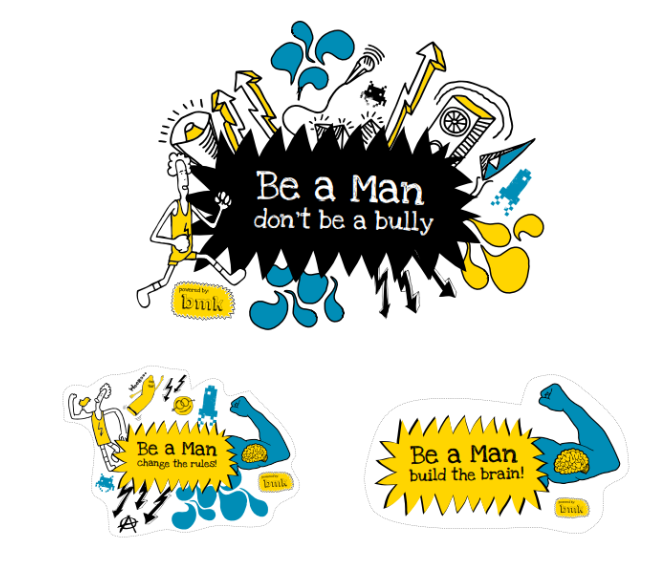Regardless of whether it is about violence, the prevention of the use of psychoactive substances or the prevention of sexually transmitted infections, modern education systems combine formal and non-formal education with health campaigns, all in order to eliminate risk factors identified as important determinants of health.
Public and health campaigns can, if they are designed in a strategic way and if they integrate principles and theories of effective communication, be successful in transferring positive messages to larger population groups, at the level of community, school, or entire country (Fox, Sixsmith, Doyle, Barry, 2014). As such, campaigns can be useful and effective means of promoting health and preventing violence, and today they are identified as a very important aspect of prevention and control of behavior that we want to change (Fox et al., 2014).
Public campaigns and campaigns in schools should include a wide range of communication strategies and activities in order to disseminate relevant, motivating and age-adjusted information to mobilize a particular group to take positive attitudes in relation to the problem addressed by a particular campaign.
Campaigns can be designed with an aim to raise awareness of young people about important social and health issues, but in combination with education, they can empower young people to recognize risks, to critically think about decisions they make, to recognize unhealthy relationships with the environment, and to make the best decisions for them and their environment.
Campaigns can also be designed in a way that clearly defined messages and information positively affect knowledge, attitudes, values, beliefs, and behaviors. But such a complex impact cannot be achieved if those are short interventions or activities that are not based on a strategic approach that addresses important issues, which are a prerequisite for achieving the desired impact. Through campaigns we can change the level of information, positively affect the knowledge of specific topics, affect attitudes, values and beliefs, and ultimately affect behavior. Also, through campaigns we can affect the “climate”, i.e. create preconditions for young people to more easily practice certain beliefs, attitudes and positive behaviors.
Be a man today represents much more than its name. This is a club of young men and women who work together and promote healthy lifestyles. Because it is not only the club for young men but also for young men and women equally, here we give you a recommendation that when branding your club and naming it you should also think about this name, because this name already has the recognizable name in the region as the youth club promoting positive values and fighting against all forms of violence, and thus you become part of a large number of clubs that exist and are active in the area of Northwest Balkans. Also, “Be a man clubs” have their own graphic identity, where there are a number of different materials that you can use if you choose this name. There are various posters, stickers, badges, pens, folders, banners, roll up banners
